All about the hazel Purpurea

Gardeners and summer residents who know everything about Purpurea hazel are expanding their possibilities for decorating garden plots. A general description of the large hazel Purpurea, however, cannot be limited. We'll have to study the care of hazel and the nuances of its reproduction, information about diseases and pests of the variety.
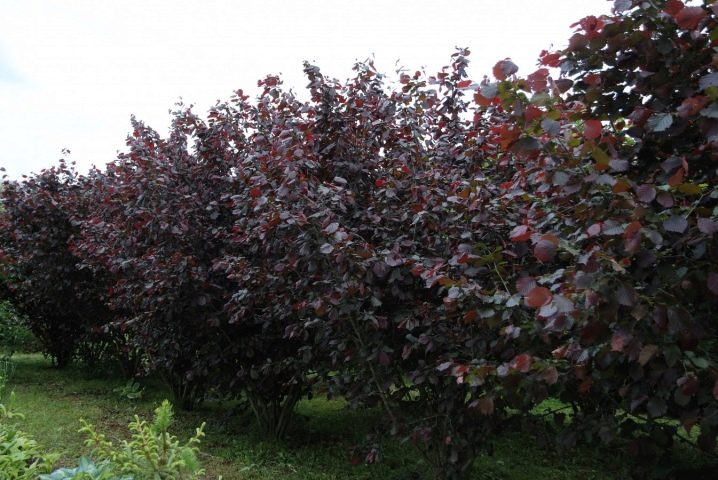
Description
Large hazel is a plant that has long been known under other names (hazel, Lombard nut), and its fruits are called hazelnuts. By the way, there is no more nutritious type of nuts. It is believed that the roots of this culture go back to the Black Sea coast. It was possible to find out that large hazel was used in the late Stone Age.
In nature, the Lombard nut grows up to 8 m in height and is a classic monoecious plant variety; it is very unpretentious and practical, and breeders have managed to develop a number of its varieties.
The Purpurea type is quite old; back in 1836, British breeders announced its creation. The Purpurea hazel was quickly appreciated and even received a prestigious award. Modern gardeners value this variety no less than their distant predecessors. Purple hazel is a large shrub. It is lower than the wild specimen, but it can still grow up to 4-5 m.
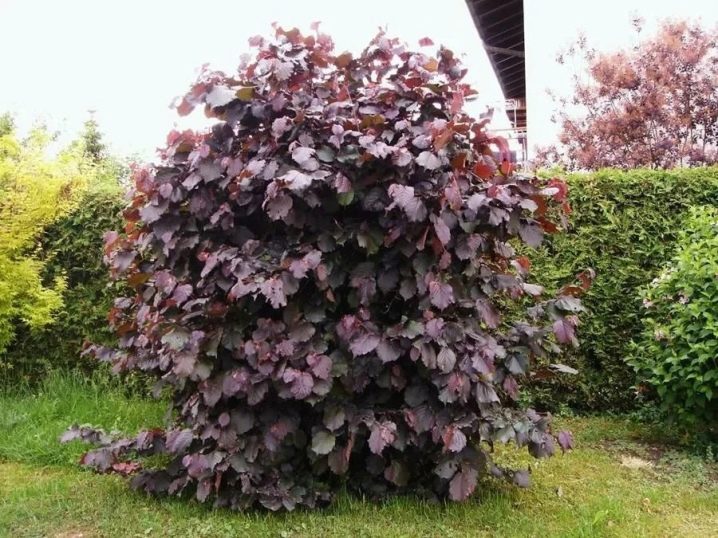
Such a plant forms many trunks. Its spreading crown resembles an umbrella. At first, growth is slow, then gradually accelerates. Rounded purple leaves are characteristic - in fact, they gave the name to the type. The same color is typical for the fruit and for the catkins.
Throughout the growing season, a slight pile can be observed on the leaf blades. The leaves themselves reach a length of 100-140 mm. The shrub is covered with ash smooth bark. Since the root complex develops superficially, it is very susceptible to compaction. Hazel will bloom in late April or May; buds appear earlier than foliage.
Large fruits of this variety are close to a cylinder in shape. Their cross section is 20 mm. Usually fruits are grouped in 3-6 pieces and are kept on elongated legs. The entire surface of the nuts is covered with a ply. The Purpurea harvest is very much in demand by culinary experts.

Planting and leaving
This shrub mainly inhabits sunny areas. It is also possible to grow it in the shade, but there will be less fruit there. Purpurea's hazelnuts have no special requirements for the soil. However, in wetlands and on sand, it is unlikely to be able to grow. The autumn planting of this crop is optimal.
It is important to conserve moisture and saturate the hole with useful substances.
Digging of planting holes is carried out to a depth of at least 0.5 m 14 days before the procedure. The optimal size of the excavation is 0.5x0.5 m. Mineral fertilizers mixed with grass are poured there; the addition of superphosphate, humus and potassium salt is recommended. A distance of 4 m must be maintained between the holes.
The more powerful the root complex, the better. Place the seedling in the middle of the pit carefully. Before that, its roots are treated with a mash made of clay and manure. The earth should be compacted and watered. In the future, irrigation is carried out weekly, and each time a minimum of 40 liters of water is used.
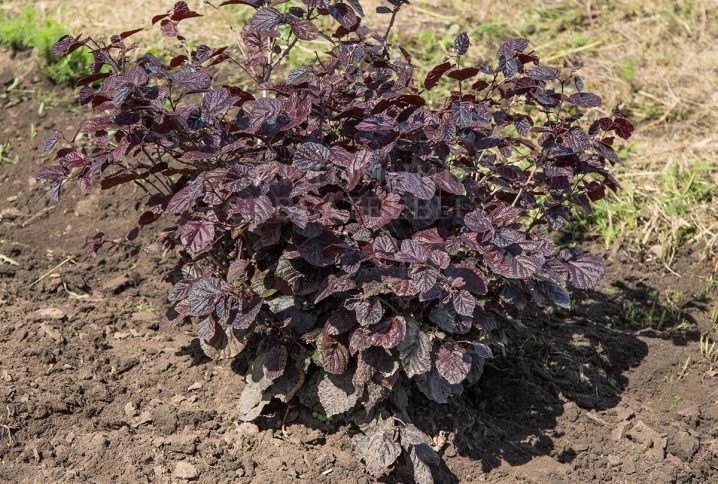
Since this is a cross-pollinated variety, planting several other varieties of hazelnuts nearby is indispensable. If possible, plants should be planted 1-2 years old. The soil near the trunk must be constantly kept moist. Regular watering is especially important in the first half of summer, when the possibility of development for the next year is determined.During the period of fruit formation, top dressing is relevant; the emphasis is usually placed on nitrogen fertilizers, and organic components are applied every 2 or 3 years.
Insufficient irrigation often leads to crushing of the fruit. They, as well as leaves, can actively crumble.
During the growing season, the soil should be loosened 4 or 5 times at least. Ideally, this is done after each watering. This approach eliminates the formation of soil crusts.
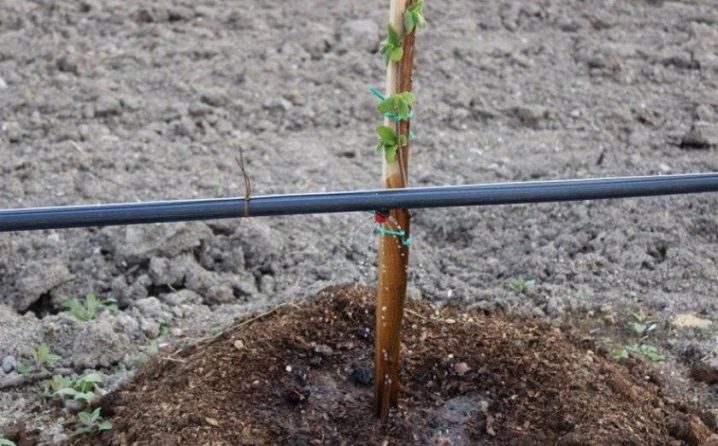
Deep digging, however, is contraindicated. Often because of it, the root system suffers. It is quite possible to limit yourself to a depth of 5-7 cm. It is worth mulching the seedling immediately after planting. Usually the mulch layer is 10-15 cm.
Pruning is also carried out immediately after disembarkation. This technique allows you to align the aboveground and underground parts of the plant. When it develops, you will have to form a crown. Depending on their needs, hazel is turned into both a tree and a bush. It is better to get rid of all withered and diseased, malformed branches.
The harvest period is in August or September. Its true signs are:
- crumbling nuts;
- disclosure of hard shells;
- transition of fruits to dark brown color.
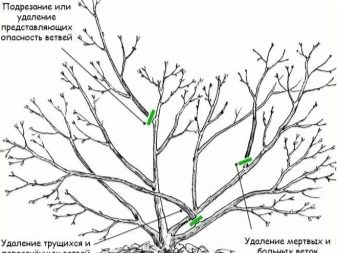
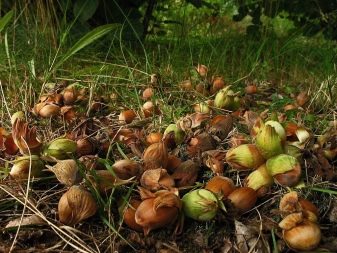
Reproduction
The complexity of breeding hazel has long attracted attention. Its seeds are guaranteed to be grown only if stratified. It is possible to fully stratify the planting material in 5-6 months. Not all gardeners can afford to spend that much time. Breeding by layering is widely used, which allows you to count on quick success.
This procedure involves the use of annual shoots. They do not need to be separated immediately from the original bush. All you need is a bend towards the ground.
Before the layering is created, an elongated groove is digged. There, near the planting material, lay 1 kg of humus. Fixation of the shoot in the furrow is done by tying it to thin stakes or by pressing it with pins. A thin layer of soil mixed with humus is poured on top of the shoot. With the arrival of spring, several seedlings should appear; they should be huddled by 2/3, and then, after waiting a couple of years, transplanted to their final place in open ground.
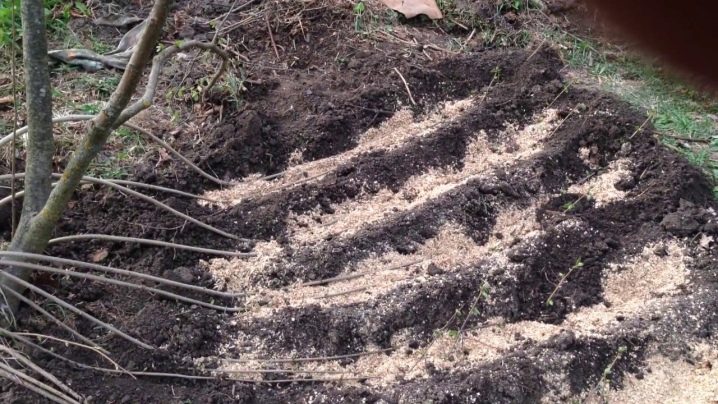
Diseases and pests
Large hazel, including Purpurea, is not very susceptible to pathologies. Her immunity from pests is also at a high level. But nevertheless, various plant fungi pose a danger. Of the parasites, the plant is threatened by aphids, bud mites, leaf beetles, weevils. Inta-Vir helps to fight them, and harmful fungi are successfully defeated with the help of colloidal sulfur.
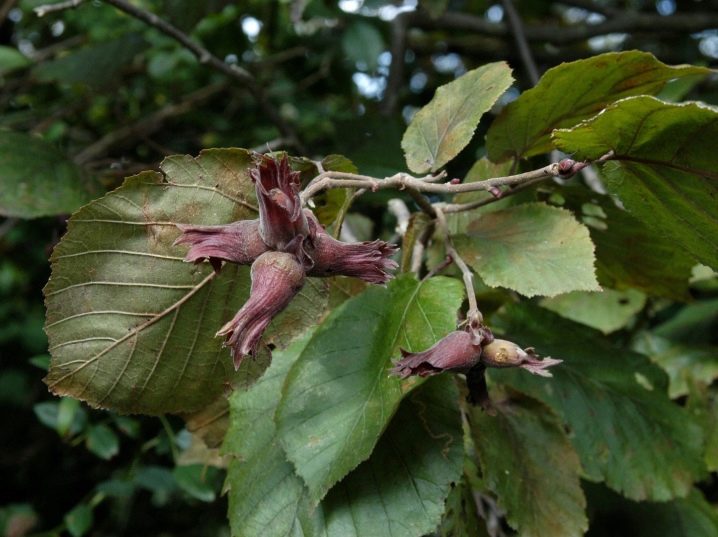









The comment was sent successfully.